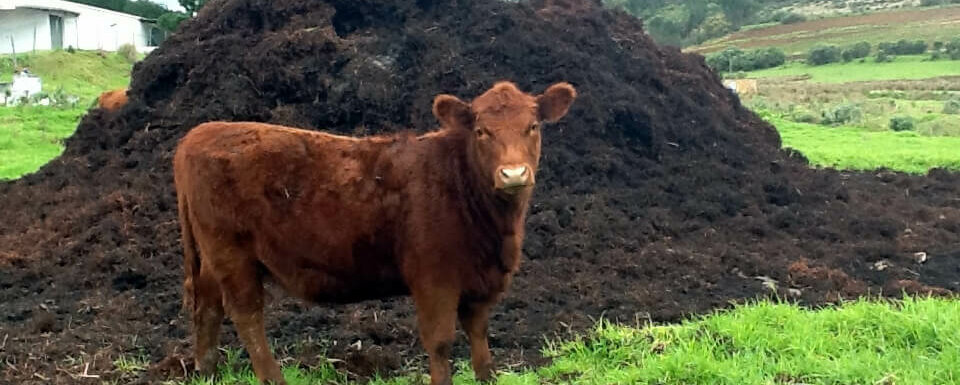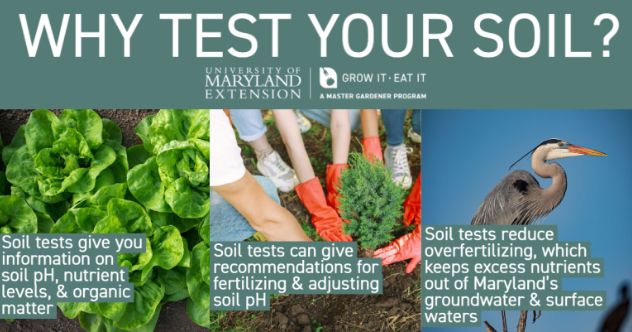Most soil isn’t perfect. Sometimes it’s too sandy, too stony, or contains too much clay. Soil can also be too acidic or too alkaline to support the plants you want to grow – or for any plants to grow at all. In some places, such as where chemical contamination has occurred, the soil is sterile. That means it doesn’t contain the living organisms we learned about in What is Soil and Why is It Important?, the introduction to our series.
These aren’t the only problems that soil can have. Depending on where you live, the soil can be too wet or too dry. It can also be so compacted that adequate drainage can’t occur. Soil compaction can also eliminate the capacity of 25% air and 25% water that’s needed for a plant’s root system to thrive. Soil that lacks the right amount and type of minerals and organic matter can also limit plant growth. Fortunately, however, there are ways to build up the soil and overcome these and other problems so that plants, and the life that depends on plants, can thrive.
Four Steps to Building Up Soil
There are four basic steps to building up the soil.
- Test the soil
- Amend the soil
- Water properly
- Maintain the soil
The following sections explain.
#1 Test the Soil
Soil testing is an essential step because you need the know the soil’s current characteristics in order to modify it appropriately. Otherwise, you could make soil that’s already too acidic even more acidic, or you could make soil that’s too basic even more alkaline. You might be able look at soil and tell if it has too much sand or too much clay, but you can’t eyeball its chemical or biological composition.
Soil pH, a measure of acidity and alkalinity, isn’t the only thing to measure. The soil biome is also vital because of the partnership of these microbial communities and the plants, and how these microorganisms are critical to the health of plants and their ability to resist stressors such as drought, pests, and pollution. Soil testing is so important that it will be the subject of a future article in this series, and we’ll look at some test methods for soil microbes and pH.
#2 Amend the Soil
Based on the results of soil testing, you can then amend your soil appropriately. Soil amendments, as Colorado State University Extension explains, are materials that you add to the soil to improve physical properties such as drainage, aeration, and structure. There are two main types of soil amendments: organic amendments like manure and compost, and inorganic amendments like vermiculite and perlite.
But what about the soil biome and soil pH? Soil amendments affect them, too, and plants won’t thrive without nutrients like nitrogen for leafy growth; phosphorous for energy transfer; and potassium for healthy root development. Nitrogen, phosphorous, and potassium are all chemical elements, but so is carbon – “the primary energy source for microorganisms”, as the Cedar Circle Farm and Education Center explains.
When you add organic amendments such as manure or compost to the soil, you’re adding carbon – an essential building block in developing all nutrients required by the plant through absorption. By adding inorganic elements, Clemson University’s College of Agriculture, Forestry and Life Sciences explains, you can change the soil’s pH. For example, adding limestone or wood ash makes soil more alkaline and adding aluminum sulfate or sulfur makes soil more acidic.
#3 Water Properly
Proper watering builds up the physical, chemical, and biological properties of soil.
- Physically, proper watering helps to maintain the soil’s porosity and water-holding capacity. Over-watering can cause soil compaction and under-watering can cause soil cracking. Underwatering also prevents proper root formation. Proper watering allows root development to the proper depth.
- Chemically, soil needs water for the chemical reactions that release nutrients from organic matter. Water also helps leach excess salts from the soil.
- Biologically, water supports the growth and survival of soil microorganisms and earthworms. These soil helpers break down organic matter, cycle nutrients, and improve soil structure.
As you can see, the science of soil crosses multiple disciplines.
#4 Maintain the Soil
Finally, it’s vital to understand that the work of building up the soil is never truly done. Plants take nutrients from the soil as they grow, and the way you fertilize growing plants can affect not just plant health, but soil health as well. When used properly, chemical fertilizers and pesticides might not harm the soil. When used excessively, however, they can make soil sterile.
Building up the soil also involves maintenance-type activities both before and after the growing season. Proper tilling can provide soil aeration, but excessive tilling can destroy soil microorganisms. Similarly, while weeds are unwelcome, plants called cover crops (when discing in) can add organic matter, fix nitrogen levels, reduce soil compaction, and even reduce weed growth.
We hope you’ve enjoyed this look at how to build up soil health. Go Natural Education looks forward to bringing you additional articles in our soil series, so please stay tuned.




